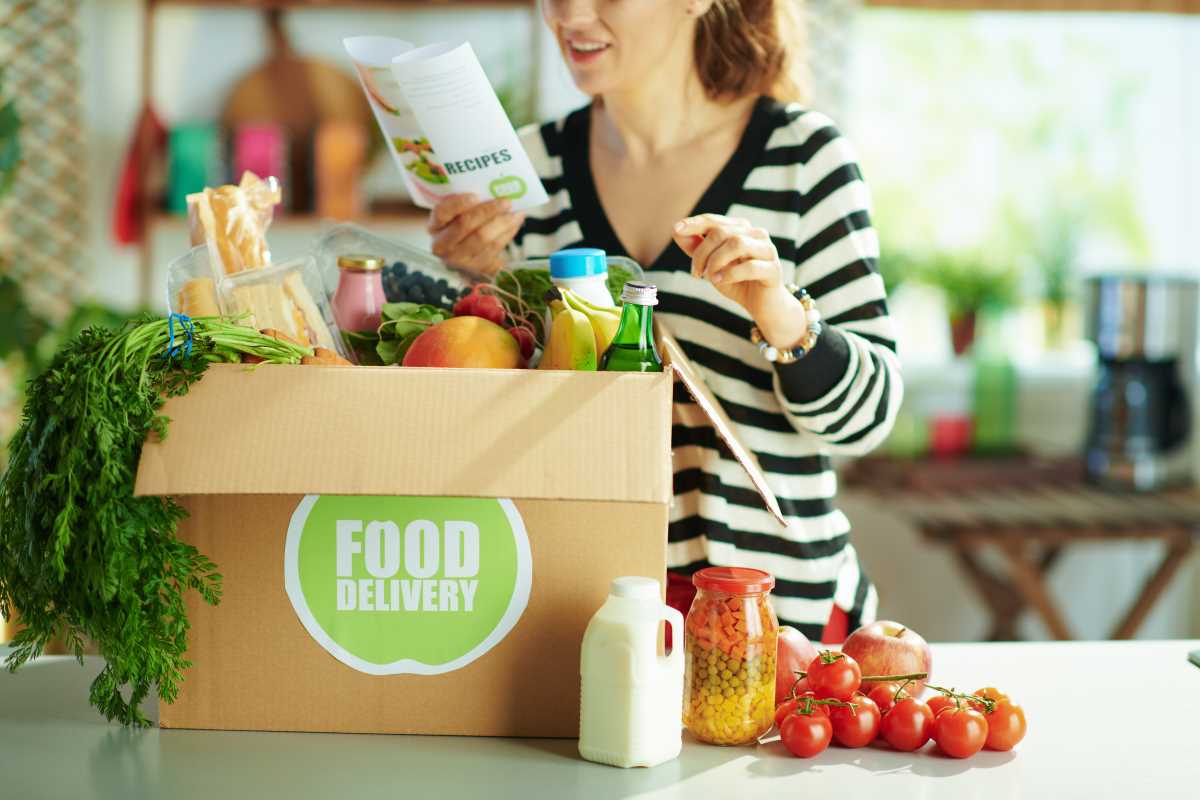Farmers often find new opportunities when they carry fresh produce from rural fields into the heart of busy cities. This process not only increases earnings for local growers but also brings greater diversity to people’s meals. Begin by learning which crops grow best in the region’s specific soil and weather. Choose varieties that naturally fit the planting and harvesting seasons to ensure a healthy and abundant harvest. Set up small trial plots to observe how different plants develop, watch for signs of disease or pests, and note which varieties stand strong. Careful planning at every stage helps ensure a successful and rewarding journey from field to market.
Work closely with neighbors who grow similar crops to gain insight. Exchange tips on irrigation timing and fertilizer blends. Visit nearby markets to gauge customer demand. Spot trends in demand for heirloom tomatoes, root vegetables or leafy greens. Conduct early research to make practical choices before making larger investments.
Assess Local Crop Potential
Create a map of soil types across available land. Note areas with rich loam or sandier stretches. Test pH levels in different spots. Identify zones that need lime or organic matter to balance acidity. Record drainage patterns—good drainage helps prevent root rot during wet seasons.
- Check water access: assess well capacity and irrigation coverage
- List crop rotation options to replenish nutrients
- Evaluate climate risks: frost dates and heat spells
- Estimate volume: aim for yields that can be scaled without creating excess waste
After analyzing the soil, select two or three top-performing crops. Focus on varieties known for longer shelf life if shipping takes longer than a day.
Prepare and Package Your Produce
Set up a sorting table near the packing station. Assign clear roles: one worker inspects for blemishes, another sorts items by size, and a final check ensures quality standards. Create a simple grading system—Grade A for perfect items, Grade B for slightly imperfect produce with full flavor.
- Clean with low-pressure water to protect delicate skins
- Sort by size to meet buyer expectations
- Cure root crops in a shaded area to firm skins
- Pack in breathable containers to prevent moisture buildup
- Label each crate with harvest date and farm code for traceability
Storing produce in cold storage before loading slows spoilage. Keep the temperature within specific ranges for each crop—45°F to 50°F for leafy greens, 55°F for root vegetables.
Plan Logistics and Transportation
Create a route map for the most direct paths to urban centers. Consider road conditions and travel times under different traffic levels. Use refrigerated transport when possible. For short distances, insulated crates can keep temperatures cool for several hours.
Set clear loading schedules to prevent delays. Coordinate with drivers to match pickup times with market demand. Deliver early in the morning to stay ahead of peak foot traffic. Keep simple records of each trip: date, departure time, arrival time, and cargo condition.
Market and Sell Your Produce
Build relationships with local grocers and restaurant chefs. Offer tasting samples at the market to showcase flavor and freshness. Provide small recipe cards that outline simple ways to cook or serve your produce.
- Highlight unique traits such as organic practices or heritage seeds
- Display colorful charts showing nutritional benefits
- Offer trial bundles combining multiple items at a discounted rate
- Collect buyer feedback to improve continuously
Consider signing short-term contracts to secure steady orders each week. Contracts give predictable cash flow and help plan planting schedules.
Use Online Channels Effectively
Create a simple website to list available produce and weekly harvest schedules. Post clear photos that emphasize color and texture. Send out an email newsletter to announce new varieties or seasonal specials. Offer a subscription box for customers who want fresh goods every week.
Make the checkout process simple: few clicks and transparent shipping costs.
Plan Finances and Ensure Compliance
List startup costs: seeds, fertilizer, labor, packaging materials, and transportation. Compare local loan options or grants for agricultural projects. Track expenses in a spreadsheet to catch budget overruns early. Keep bank deposits and cash receipts separate for clear accounting.
Research food safety regulations and local certification requirements. Register with the relevant food authority. Train staff on hygiene practices, such as handwashing before handling produce. Carry basic insurance to cover product liability and transport accidents.
Transport fresh harvests efficiently by planning soil tests, shipping, and building buyer connections. Use small trials to improve each step and ensure consistent growth.
 (Image via
(Image via





